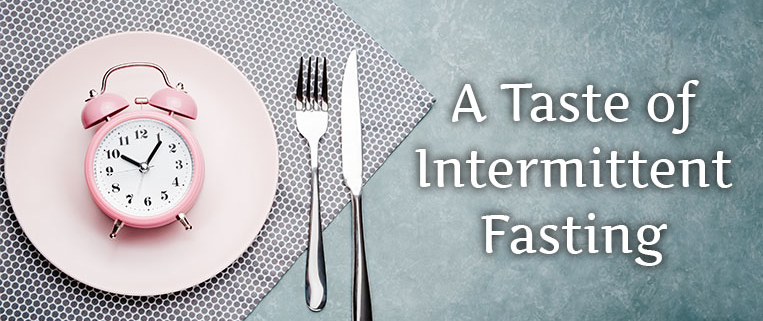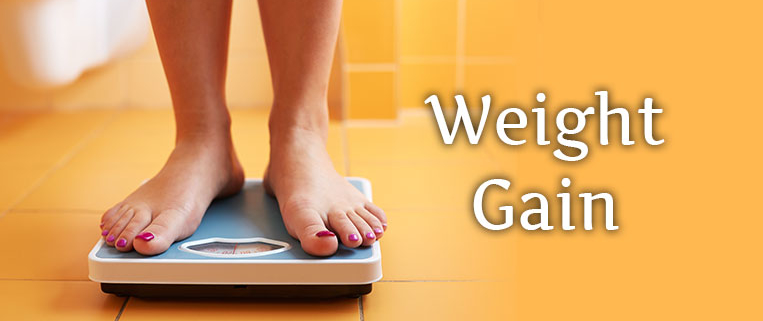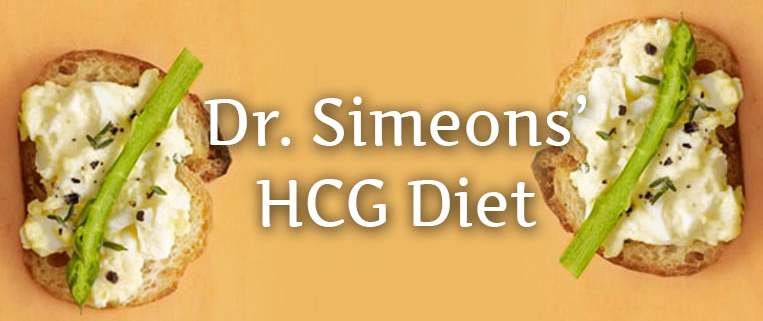You’ve heard all about GLP-1 (or so you think). Maybe (without question) you’ve Googled or Chatgpt’d it. You want it to do what all your previous attempts at losing those extra pounds you’ve been losing and gaining and lugging around for longer than you can remember. You want it badly. But here’s the thing…yes, GLP-1 can help people lose weight. That’s just about what most people really know. But if you’re injecting GLP-1 into your body, you ought to know all about it.
QUICK! WHAT’S A GLUCAGON-LIKE PEPTIDE-1 AGONIST (GPP-1)?
How about a GPL-1 receptor agonist? Well, how about GLP-1 analog? See, not so simple this GLP-1 thing. But there’s no need to put on your science hat. We’ll stick to the part where it leads to weight loss. Ready?
IT STARTS IN YOUR GUT
Incretin hormones are a group of gastrointestinal hormones that play a crucial role in regulating insulin secretion and glucose metabolism. The two main incretin hormones are glucagon-like peptide (GLP-1) and glucose-dependent insulinotropic peptide (GIP). We’ll get to the GIP part in a bit. These hormones are released from the intestine in response to the ingestion of food, mainly carbohydrates. When you eat, your digestive tract releases the GLP-1 hormone, prompting the body to create more insulin, reducing blood glucose or sugar. Which is where it helps treat individuals with type 2 diabetes. By inhibiting glucagon secretion, GLP-1 can slow down gastric emptying, reducing the rate at which nutrients are absorbed. This contributes to a sense of fullness and may help control appetite, which can help you lose weight.
IT GOES TO YOUR BRAIN
GLP-1 can also induce metabolic actions by acting on hunger centers in your brain that control appetite and food intake. Another way GLP-1 works to help you eat less and keep you feeling full. Which can also help you lose weight.
GLP-1; NOT JUST FOR DIABETES ANYMORE
Because of their ability to lower blood sugar, GLP-1 agonists were initially used to treat type 2 diabetes. Due to the fact they also lead to weight loss, it made them particularly beneficial for individuals with type 2 diabetes who are overweight or obese. This led to research into using them as weight loss medications such as semaglutide or tirzepatide for those without type 2 diabetes, which is great news for you.
SEMAGLUTIDE, THE GLP-1 WEIGHT LOSS PIONEER
Semaglutide is still making weight loss waves since its 2021 approval by the Food and Drug Administration. It’s got a well-established track record of promoting weight loss and instilling trust among patients over the years. Semaglutide is the active ingredient in Ozempic and Wegovy which are the most common brand names. So just how much weight can you lose? Research has shown that semaglutide can lead to a weight loss of around 16% of your body weight after 68 weeks. Semaglutide can help control your food portions and reduce your cravings for sweets and high-fat foods, just in time for the highest of fat foods holiday season.






